Demystifying MRO: Understanding the Backbone of Maintenance, Repair, and Operations
Industrial facilities are bustling centers of activity, where production lines efficiently transform raw materials and components into high-quality finished goods, which are vital for a business's success. To achieve this, procurement professionals ensure that all necessary items to keep operations running smoothly are always available. Their role is essential in maintaining seamless facility operations, equipping staff with the tools they need to perform at their best, and ensuring that the plant's products or services reach the market on time.
In the vast landscape of industry, efficient maintenance, repair, and operations (MRO) are crucial for ensuring smooth operations and minimizing downtime. MRO inventory plays a key role in keeping the machinery of commerce running reliably, serving as the often-overlooked backbone of manufacturing and industrial processes.
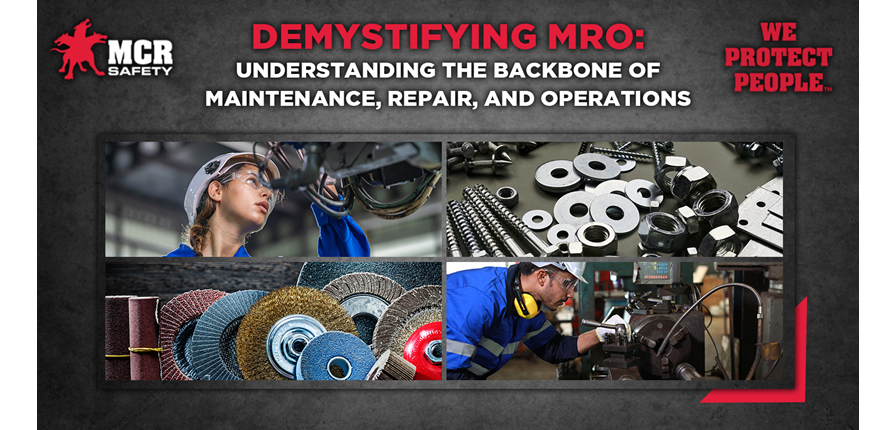
In this article, we will explore the complexities of MRO, examine its significance across different industries, identify top distributors, discuss common MRO products and supplies, review facility investment costs, emphasize the importance of PPE safety gear, and address frequently asked questions about MRO.
Â
What does MRO stand for?
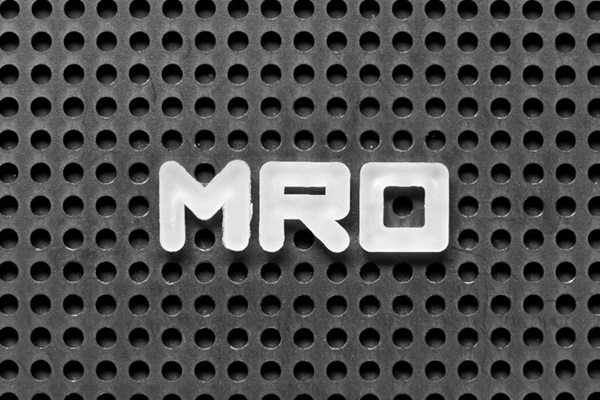
The acronym MRO stands for Maintenance, Repair, and Operations. In some industries, the "O" can mean Overhaul, but the core concept remains the same — it refers to the equipment, tools, and supplies used in daily operations. MRO covers a wide range of equipment, systems, and processes that support production across various sectors. It includes a broad array of MRO products, inventory, and services. As discussed earlier, personal protective equipment (PPE) is often included under this category because without proper PPE, a facility cannot operate safely, and workers would be exposed to potential hazards.
In essence, MRO is the unsung hero behind the scenes, working diligently to maintain and optimize production. Unlike raw materials that become part of the final product, MRO elements are not directly visible in the end result but are essential for the entire process to function effectively.
Â
Facility Investment Costs

Maintaining an adequate MRO stock forecast is one of the most important aspects of keeping a facility running smoothly, but it’s not the only cost involved. The expenses covered by MRO span a wide range of areas, all critical for maintaining operational efficiency, safety, and the longevity of equipment.
Here are some key categories:
- Maintenance Costs: Regular preventive maintenance helps avoid costly breakdowns and extends the life of machinery. MRO investments here include labor, replacement parts, and maintenance tools.
- Repair Costs: Despite preventive measures, equipment can still fail. MRO covers the costs of parts, labor, and machinery needed for repairs, which vary depending on the severity of the issue.
- Equipment Replacement and Upgrades: Machinery and tools may become outdated or worn over time. MRO investments include updating or replacing these assets to maintain or improve productivity levels.
- Safety and Compliance: Ensuring safety and meeting regulatory standards requires significant investment. This includes personal protective equipment (PPE), safety training programs, and upgrades to meet legal requirements.
- Inventory Management: A well-stocked inventory of critical spare parts and supplies is essential for quick responses to maintenance and repair needs. The costs include storage solutions and inventory management systems. An MRO procurement manager or specialist is typically responsible for ensuring that MRO products and inventory are stocked and ready for use.
Every MRO investment aims to reduce unplanned downtime, boost operational efficiency, protect safety, and strengthen the company’s bottom line.
Â
Â
MRO Supply Industry
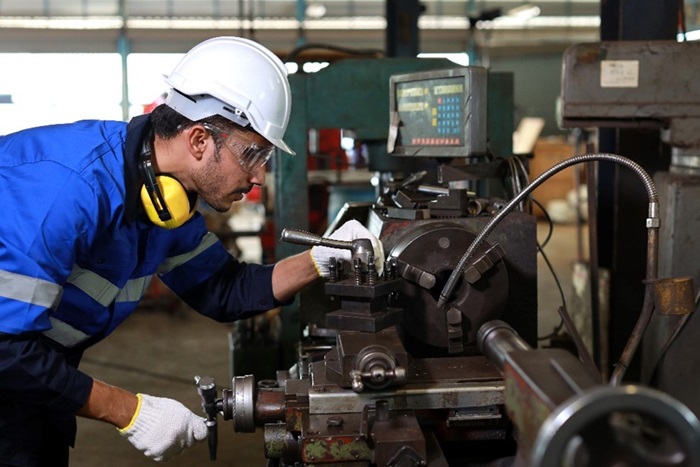
As of 2024, the MRO distribution industry in North America is valued at approximately $130 billion, though some estimates suggest figures ranging from $430 billion to $630 billion. This variation highlights the sector’s massive and rapidly growing nature, as well as its essential role in maintaining equipment, machinery, and facilities.
By 2021, the chemical manufacturing sector had become the largest consumer of MRO supplies, accounting for 18% of the total MRO market. This dominance stems from the industry's interactions with hazardous substances, strict regulatory compliance, and the need for specialized equipment, all of which require a consistent flow of MRO products. A major driver of the industry's reliance on MRO supplies is the critical maintenance of chemical processing equipment, involving advanced selections of industrial lubricants, greases, adhesives, sealants, and cleaning agents. Each component is vital for the smooth and long-lasting operation of machinery.
Beyond chemical manufacturing, the following are the top 10 sectors utilizing MRO, listed by market share:
- Chemicals
- Automotive and Transportation
- Electrical and Electronics
- Food and Beverage
- Metal Processing and Foundries
- Mining, Oil & Gas
- Rubber and Plastics
- Wood and Paper
- Construction
- Pharmaceuticals
Looking ahead, the electrical and electronics field is expected to see the most significant increase in MRO demand. The widespread adoption of cutting-edge technology in both residential and industrial settings is driving improvements in manufacturing methods. This evolution significantly increases the need for MRO distributions, further emphasizing the growing necessity for protection against electrostatic discharges (ESD), as detailed in our article, "An Overview of Electrostatic Discharge (ESD), Anti-Static Gloves, and ESD Protection."
Typical Products and Supplies
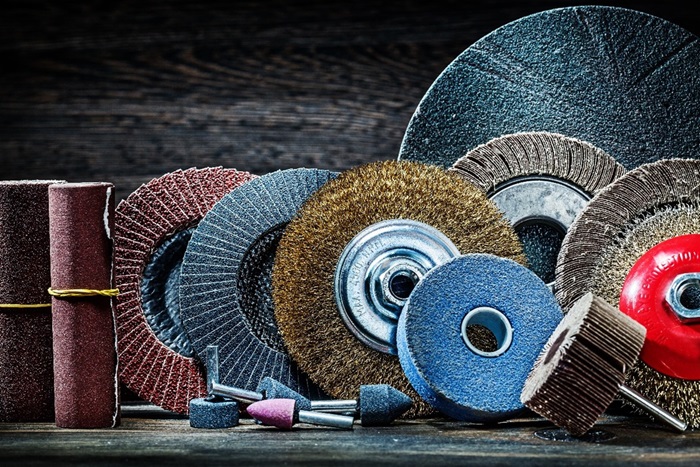
Â
MRO inventory is essential for the success of any business. It encompasses a wide range of products and supplies needed for maintenance, repair, and operations. This includes hand and power tools, lubricants, maintenance supplies, and consumables, showcasing the extensive diversity within the MRO sector.
Below is a list of core items commonly found in the industrial MRO category:
- Chemicals
- Adhesives
- Ball Bearings
- Brushes
- Construction Materials
- Cutting Tools
- Electrical Components
- Fasteners
- Hand Tools
- Hoses
- Jan San
- Lubricants
- Machinery Parts
- Pipes and Valves
- Personal Protective Equipment
- Plastics
- Power Transmission Fluid
- Power Tools
- Saws
- Seals and Rubber Products
- Test Equipment
- Welding Equipment
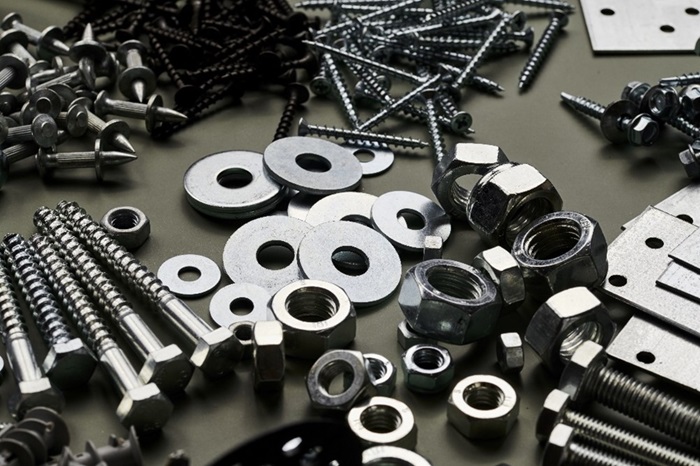
Fasteners, including nuts, bolts, screws, rivets, grommets, cable ties, nails, and pins, are also essential. Their availability is crucial to prevent downtime caused by machines waiting for repairs.
Within the three largest categories, here are the common products supplied in each:
- Chemical MRO - chemicals, chemical-resistant materials, corrosion-resistant pipe, filtration systems, pump and valves, safety gear, specialized repair tools, spill containment and cleanup, seals, and gaskets.
- Construction/Facility MRO - doors, fasteners, HVACR, flooring, janitorial supplies, insulation materials, LED fixtures, plumbing supplies, roofing materials, and windows.
- Food MRO - adhesives, cleaning agents, conveyor belting and components, food-grade lubricants, greases, sealants, sanitary pumps, stainless steel fittings, metal detectors and x-ray inspection systems, refrigeration equipment, and water filtration systems.
- Electrical MRO - cables, circuit breakers, connectors, conduits, fuses, lighting supplies, panelboards, power supplies, switchgear, transformers, and wiring.
Among all the products mentioned, Personal Protective Equipment (PPE) has the most direct impact on individual safety. The absence of adequate PPE can lead to serious consequences. While workplace accidents can cause injuries or even fatalities, proper PPE is essential for reducing the severity of such incidents.
Â
Â
Personal Protective Equipment (PPE)

Ensuring the safety of personnel is a top priority in maintenance and repair operations (MRO). Personal Protective Equipment (PPE) plays a crucial role in safeguarding employees from various hazards, thereby protecting their well-being. The Occupational Safety and Health Administration (OSHA) has established standards and guidelines for PPE to protect workers in diverse industries.
MRO tasks often involve using tools, machinery, and exposure to various hazards. Therefore, workers are required to use appropriate PPE, specifically chosen based on the risks associated with their tasks. Notable types of PPE used in MRO operations include:
- Protective Safety Clothing: Coveralls, gloves, aprons, and protective footwear to protect against chemical exposures, electrical hazards, and physical injuries.
- Eye and Face Protection: Includes safety glasses, goggles, and face shields to protect against flying particles, chemical splashes, and other eye hazards.
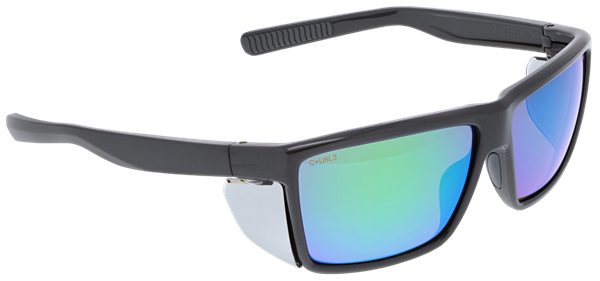
- Hand and Arm Protection: Covers a range of PPE worn to protect a worker's hands, from cut-resistant gloves to waterproof disposable gloves and leather welding gloves.
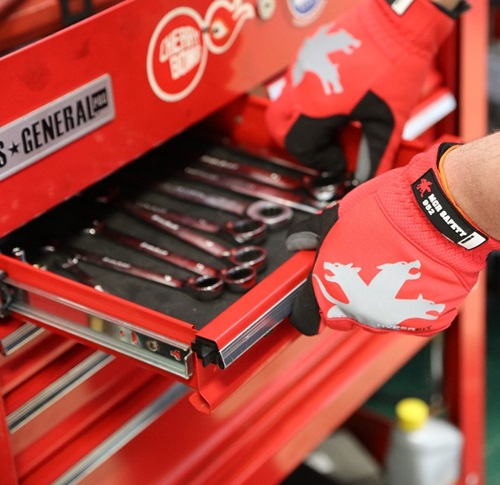
- Head Protection: Hard hats are essential for protecting against injuries from falling objects and other head-related accidents in MRO environments.
- Respiratory Protection: Using respirators and masks is critical when dealing with airborne pollutants, including dust, fumes, or hazardous substances.
- Hearing Protection: Earplugs and earmuffs are essential for preventing hearing damage in noisy environments.
MCR Safety focuses on the first three categories of PPE mentioned. Additionally, we can connect you with any of our 750+ industrial distributors who stock a comprehensive range of MCR Safety products along with other essential MRO PPE.
Â
Further Insight into End Use
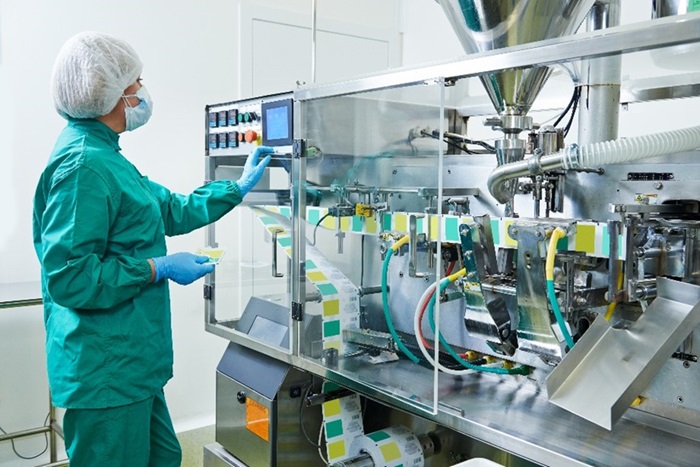
Our analysis of leading MRO distributors reveals their critical role in stocking both essential MRO and safety supplies, including PPE. These distributors serve a wide range of industries, as they carry many of the same products: fasteners, Jan San (Janitorial and Sanitation), Power Fluid, Transmission and Ball Bearings, Pipes, and Valves. Based on this product mix, here are some of the key industries and the reasons behind their reliance on these products:
- Automotive and Transportation: The maintenance of vehicles and transportation infrastructure relies heavily on MRO supplies, with safety products ensuring the safety of workers and the public. Fasteners, transmission, and ball bearings are essential for vehicle maintenance and repair.
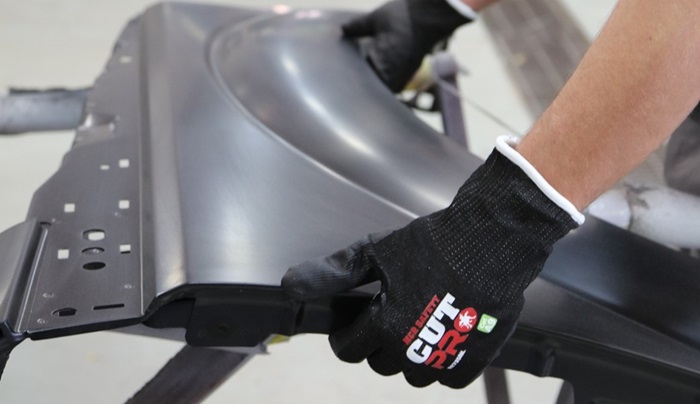
- Construction and Building Services: The construction industry requires a wide variety of products, from fasteners for structural integrity to safety gear for onsite workers. Jan San products are essential for maintaining cleanliness and hygiene on construction sites and in finished buildings. HVAC and plumbing products are fundamental to building services, making distributors that stock these items valuable to this industry.
- Energy and Utilities: These sectors rely on continuous operation of heavy machinery and equipment, making MRO supplies critical. Safety is also a top priority due to the high-risk environments associated with energy production and utility management. Products related to power fluid and transmission systems are likely to be in demand for maintaining energy generation equipment.
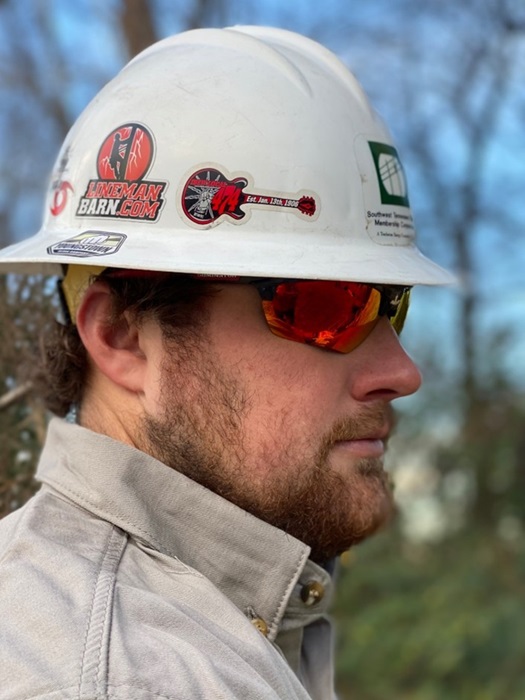
- Healthcare and Hospitals: Safety products are crucial in healthcare settings to protect both patients and healthcare workers. MRO supplies ensure that medical facilities' operational needs are met, including maintenance of medical equipment and facilities. Jan San products are also vital in maintaining the cleanliness and hygiene standards required in healthcare environments.

- Government and Public Sector: Maintenance of public buildings, infrastructure, and facilities necessitates a broad range of MRO supplies. Safety products are essential for public sector employees who perform maintenance and operational tasks, ensuring compliance with occupational health and safety standards.
- Manufacturing and Industrial: This sector heavily relies on MRO supplies to keep machinery and equipment running smoothly. The need for safety products is paramount to ensure worker safety amidst machinery, chemicals, and various industrial processes. Fasteners, power fluid, transmission and ball bearings are critical for machinery maintenance and repair.
Â
The overlapping need for MRO and safety supplies across diverse industries underscores their universal importance and highlights the interconnected nature of modern industrial operations, where efficiency, maintenance, and safety are closely linked.
Â
Â
Common Questions

- What is MRO?
MRO stands for the activities, processes, and materials used in the maintenance, repair, and upkeep of an organization's or industry's assets, equipment, and facilities. Covering a broad spectrum of services and supplies, MRO is critical for the smooth operation and extended lifespan of machinery and infrastructure. While MRO components may not be part of the final product or service, their role is indispensable in ensuring operational continuity and maintaining product quality.
- What is MRO procurement?
MRO procurement is the process of obtaining the MRO goods and services needed for a business or organization’s daily operations and maintenance. It includes sourcing, purchasing, and managing items like spare parts, tools, consumables, safety gear, cleaning supplies, and maintenance services. Efficient MRO procurement is strategic, aiming not only to preserve assets and ensure operations but also to minimize downtime and optimize overall operational efficiency.
- What does MRO stand for in purchasing?
In purchasing, MRO stands for Maintenance, Repair, and Operations. This term denotes the acquisition and administration of the supplies, equipment, and services vital for facility maintenance and repair, along with daily operational support.
- What does MRO stand for in aviation?
In aviation MRO, MRO represents Maintenance, Repair, and Overhaul. This term covers all activities related to the maintenance and repair of aircraft, engines, and components, focusing on ensuring safety, airworthiness, and regulatory compliance.
Â
Â
Indispensable Products

Maintenance, Repair, and Operations (MRO) are universally critical, ensuring the seamless operation of equipment, machinery, and facilities across all industries. For construction, chemical manufacturing, healthcare businesses, and more, prioritizing Personal Protective Equipment (PPE) is essential for worker safety — a core value championed by MCR Safety.
We encourage you to reach out with any questions about essential MRO PPE. Leaving questions unanswered can lead to operational downtime or, more critically, compromise worker safety. At MCR Safety, our mission is clear: We Protect People!
Click on the image below to leave us a comment, question, or concern.
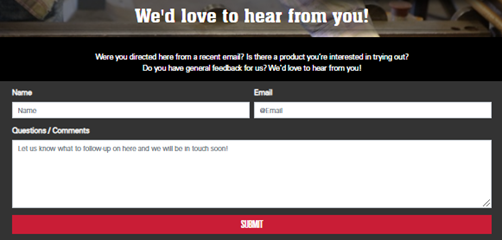
For over 45 years, MCR Safety has been a global leader in gloves, glasses, and garments. Whether you're stocking up on MRO supplies, carrying heavy materials, or working at a construction site, we provide solutions to workplace hazards. It's all part of our commitment to protect people.
No matter the industry, we have the personal protective equipment you need!
 Â
Â
Â
Learn more about MCR Safety by watching our latest video. For more information, visit our website, request a catalog, find a distributor, or call us at 800-955-6887.
Â
Â
Â
Sports Wooden Floor,Wooden Sports Flooring,Badminton Court Wooden Flooring,Dance Studio Solid Wooden Flooring
Jiangsu Ruidong Sports Technology Co., Ltd , https://www.cnruidongsports.com